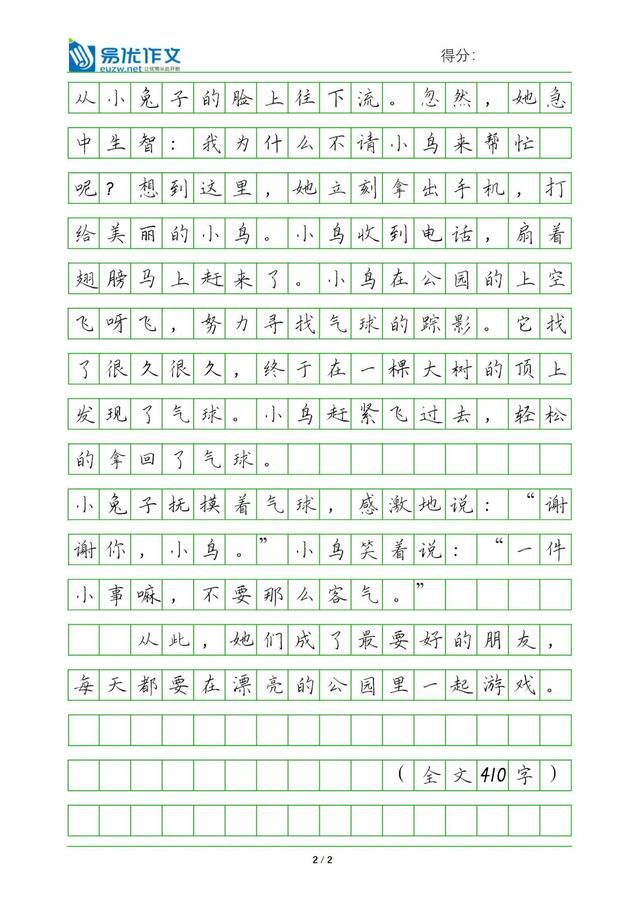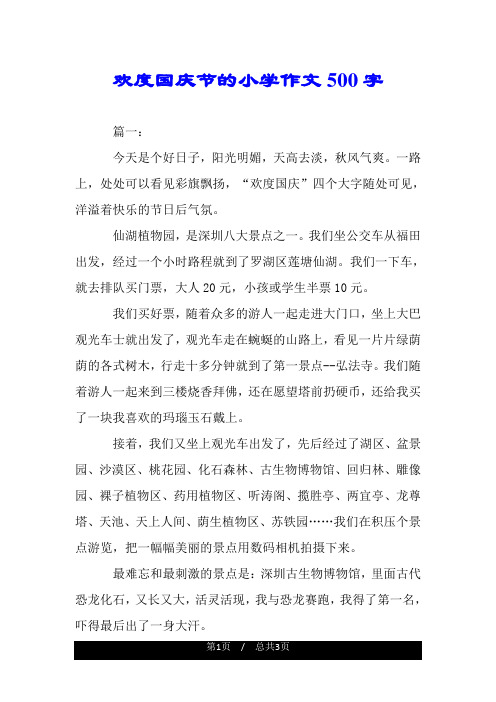chinese culture英语作文(中华文英语作文)
Chinese culture is a profound and multifaceted subject that encompasses thousands of years of history, traditions, and artistic achievements. From philosophy and literature to art and cuisine, Chinese culture has left an indelible mark on both the East and the West.
Firstly, one cannot discuss Chinese culture without mentioning its rich philosophical heritage. Confucianism, Taoism, and Buddhism are the three pillars that have significantly shaped Chinese thought and society. Confucianism emphasizes morality, family loyalty, and social harmony, while Taoism advocates living in harmony with the Tao, or the natural way of the universe. Buddhism, which came from India but was thoroughly assimilated into Chinese culture, focuses on spiritual enlightenment and the overcoming of suffering. These philosophies not only influenced the daily lives of the people but also provided a foundation for Chinese art, literature, and governance.
Secondly, Chinese literature is another crucial aspect of its cultural heritage. The classics like "The Analects" by Confucius and "Tao Te Ching" by Laozi offer timeless wisdom. Then there's the epic novel "Journey to the West," which tells the adventures of the Monkey King and his quest for sacred Buddhist texts. These works are not just literary masterpieces; they are repositories of Chinese values, beliefs, and societal norms. Poetry also holds an exalted place in Chinese culture. Poets like Li Bai and Du Fu are celebrated for their lyrical verses that capture the beauty of nature and the complexity of human emotions. Their works continue to be studied and admired for their artistic brilliance and philosophical depth.
Thirdly, Chinese art is another manifestation of its rich culture. Calligraphy is more than just beautiful handwriting; it is considered a supreme form of art. Each stroke carries meaning, and mastering calligraphy requires years of practice and meditation. Traditional Chinese painting, often created with ink and brush on paper or silk, depicts landscapes, flowers, birds, and figures. These paintings are imbued with symbolic meanings and are seen as reflections of the artist's inner world. Moreover, Chinese opera, with its elaborate costumes, intricate make-up, and unique performance style, offers a window into the country's historical narratives and folklore.
Fourthly, let's talk about Chinese cuisine. It’s renowned worldwide for its diversity and flavor profiles. Regional differences give rise to a multitude of culinary traditions. Sichuan cuisine is famous for its bold, piquant flavors and the numbing spiciness of Sichuan peppercorns. Cantonese food, on the other hand, is known for its subtlety and emphasis on fresh ingredients. Dim sum, a style of Cantonese cuisine, has become a global phenomenon with its array of steamed dumplings, buns, and rolls. Food is not just about sustenance in Chinese culture; it’s a medium for social bonding, celebration, and even medicine, as many dishes are chosen for their purported health benefits.
In conclusion, Chinese culture is a vast ocean of knowledge, beauty, and wisdom that continues to influence the world in countless ways. Its philosophical teachings, literary masterpieces, exquisite art forms, and diverse culinary traditions all contribute to a cultural tapestry that is at once ancient and ever-evolving. Understanding Chinese culture provides valuable insights into the mind, heart, and soul of this great civilization. As we move further into the 21st century, the global significance of Chinese culture will undoubtedly continue to grow, offering new opportunities for cross-cultural dialogue and enrichment.




